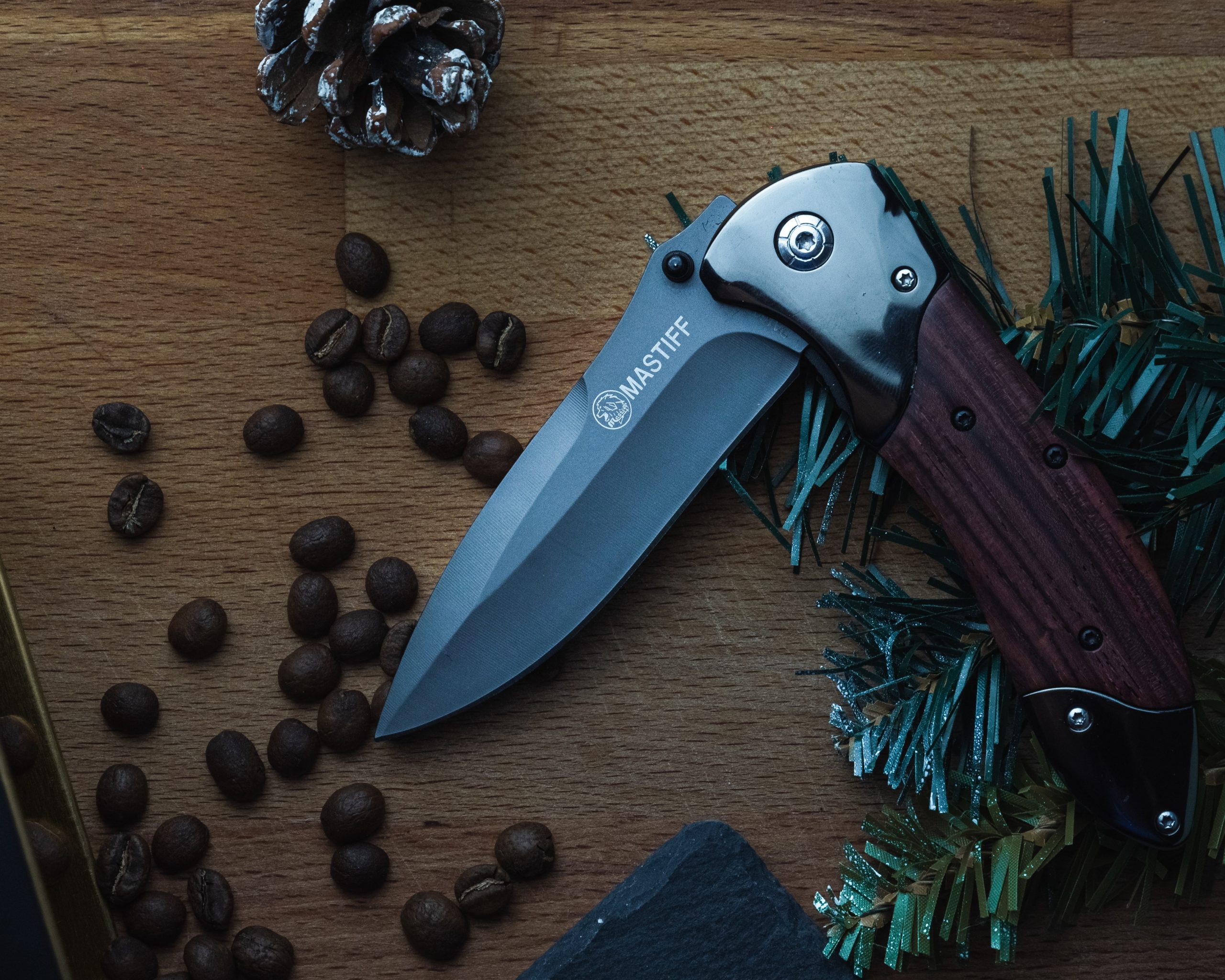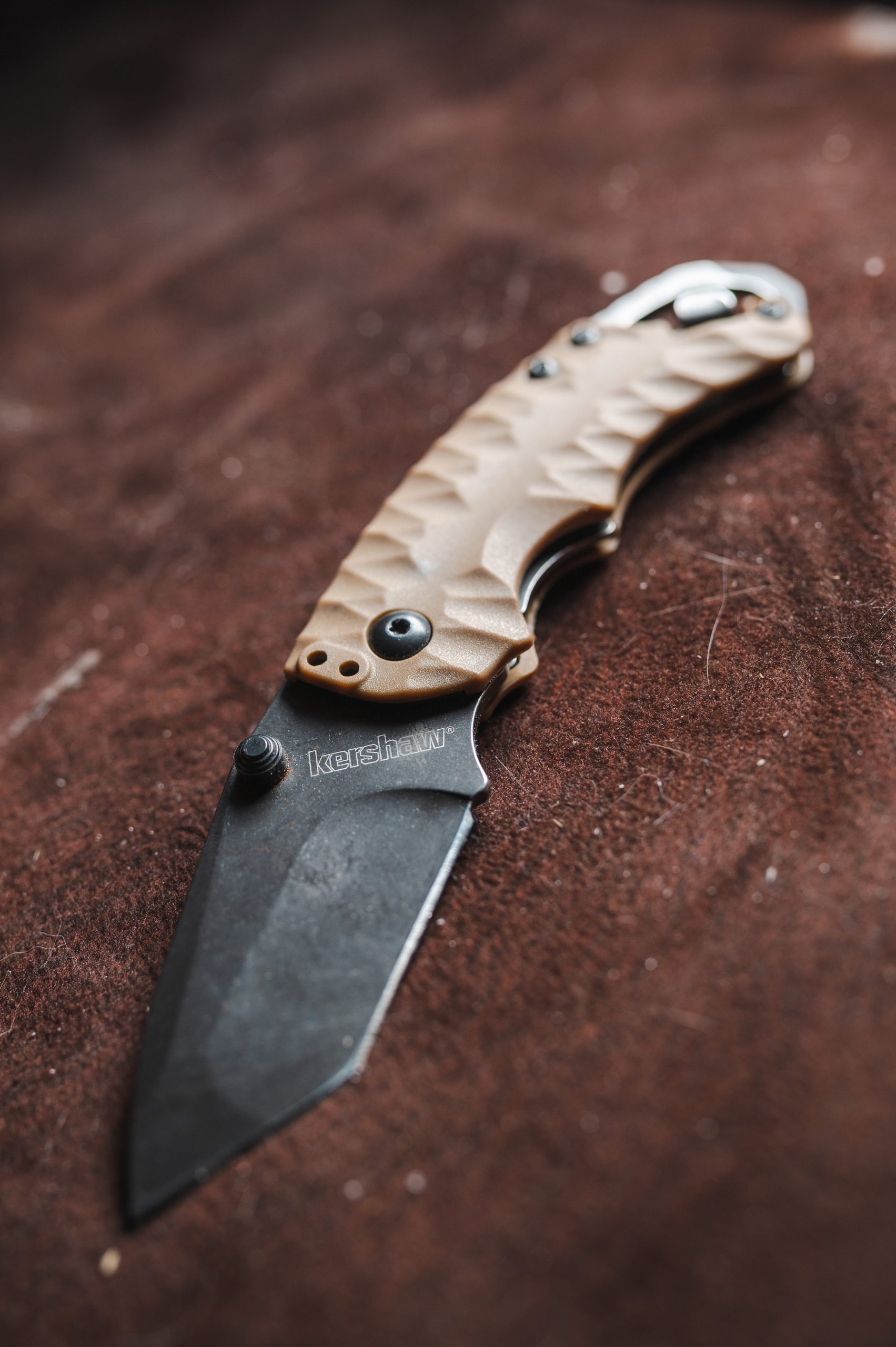Any knife will start to lose its sharpness over time, and that can be a problem if you rely on it daily. For example, if you keep an everyday carry (EDC) knife in your pocket, bag, or tool belt, you want to know it’ll cut effectively in almost any situation. Whether you’re slicing thick packaging, preparing kindling for a campfire, or segmenting an apple, an EDC knife in good condition can do it all. But it won’t stay that way without regular maintenance.
Surely only a knife expert has the skills to maintain their blades properly, right? Not at all. Anyone can do it with a few simple tips and tricks. One of the most important points to keep in mind before we look at them, though, is that a blade doesn’t need to be razor sharp to cut effectively. For instance, this folding knife for everyday carry features a rounded-tip safety blade to reduce the risk of injuries but is sharp enough to cut a range of materials (e.g., clamshell packaging, cardboard, twine).
This knife’s also made of 100% zirconium oxide: It’s chemically inert, and you can wash it as much as you need to without worrying about rust. Plus, the blade is designed to last up to 11 times longer than metal ones. That means it’ll stay effective for more time than you might expect if you’ve only used folding knives featuring metal blades before.
But regardless of the EDC knife you choose, you have to take care of it to keep it in great cutting condition. Try these five maintenance tips to maintain its sharpness.
Standard metal folding knives should be sharpened frequently to keep them ready for use. Every two to three months might be regular enough if you use your EDC knife daily, but longer intervals should be fine if you go days without cutting anything.
You don’t need professional sharpening gear to hone the blade properly: a good stone or rod should do it. Or, leave it to an expert if you can find a good knife-sharpening service in your local area.
Not all blades need to be sharpened, though, so check with your manufacturer if in doubt. You could damage and ruin them if you’re not careful, particularly with safety blades.
Clean and Dry Your Knife Carefully to Maintain Its Performance
Thorough cleaning is paramount for keeping your knife in good cutting condition. Dirt, grime, and residue could cling to your blade after you use it. Over time, these can harden and become more difficult to remove. And they could interfere with your knife’s ability to cut effectively.
This can also contribute to rust in metal blades, but not with chemically inert, rust-free ones.
Make sure you dry the entire knife carefully, not just the blade, to protect internal components from residue. Use a soft towel (not a coarse one) to lightly dry the knife from end to end, and blow it with a hairdryer to reach its internal area as best you can.
Lubricate Your Knife to Keep Its Inner Workings Functional
Many folding knives require lubricating or oiling to maintain their performance. Friction generated whenever you fold and unfold the blade can affect its functionality over months and years. That may not affect its sharpness, but it may become harder to handle and cut properly.
Put a drop or two of oil or a lubricant into its internal space to reduce the potential damage caused by frequent friction. Not all EDC knives require oiling, though; some may be resistant to rust.
Make Sure You Insert the Blade Properly After Changing It
Replacing the blade is a quick and easy process with the best modernized EDC knives. You should be able to take the current blade out, slip the new one in, and start cutting in next to no time.
But it’s vital to insert the new blade fully to ensure it works. If you try cutting without inserting the blade properly, you could damage it and the material being cut. And it may be ineffective as a result.
This should be less of a risk with some materials that are stronger than standard metal, but check the instructions to ensure you insert the blade correctly anyway.
Inspect Your Knife for Obstructions
Take a close look at the inside of the knife’s handle (if possible) to make sure it’s free of debris. If debris is not removed regularly, it could chip away at a metal blade every time it’s pushed back inside the handle. This increases the odds of not only a less clean knife but dulling the blade.
Grab a torch and shine it inside the handle to check for issues. If you see any, the manufacturer may offer advice on how to fix them.
Maintenance Tips in Check
Follow these five tips to keep your EDC knife sharp and in peak cutting condition. Whether you use it for crafting, camping, or anything else, taking care of your knife will make sure it’s ready when you need it.